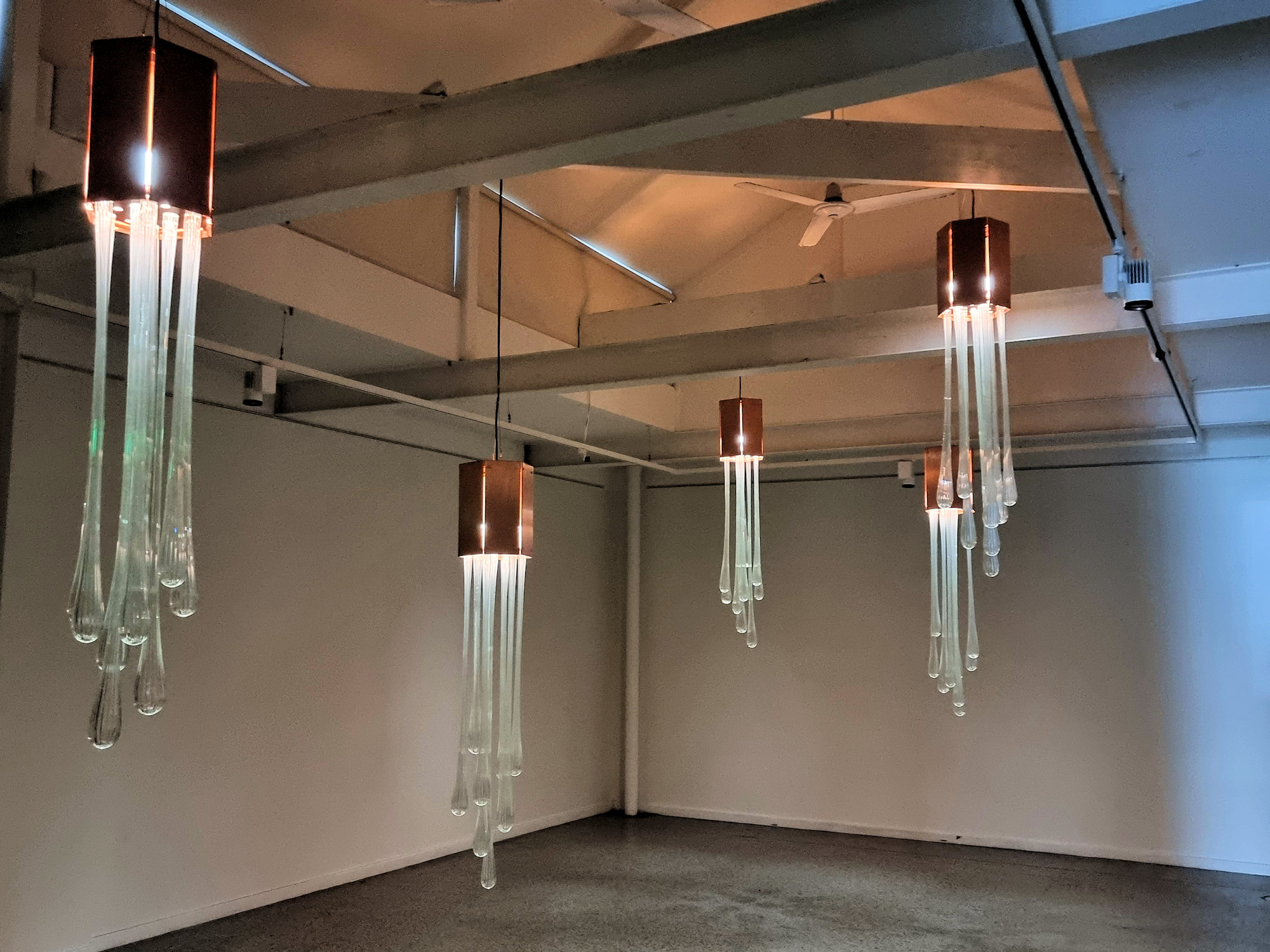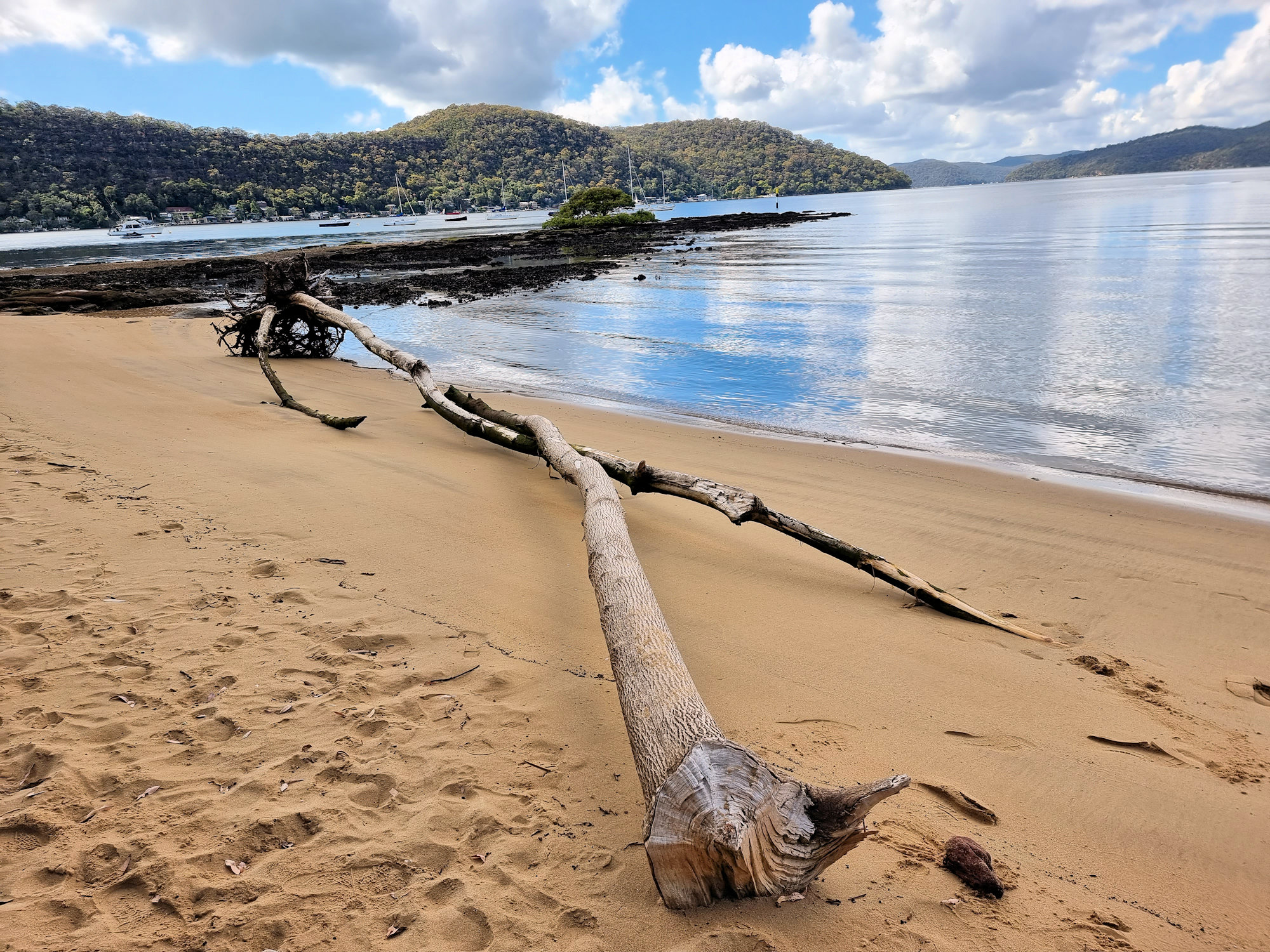Tag: travel
-
Shark and Ray Rescue Centre

Shark and Ray Rescue Centre Port Stephens Based at Bobs Farm near Port Stephens, the Shark and Ray Rescue Centre is dedicated to the rehabilitation and rehousing of sharks and rays. An association with local Professional Fishermen allows injured sharks, rays, and other marine creatures caught as a by-catch to be saved. Getting There Housed… Read more
-
The Newcastle Lock-Up 2023

The Newcastle Lock-Up 2023 On display at the Newcastle Lock-Up until 5 February 2023, “Everything was beautiful and nothing hurt” by Alex Seton was specifically made for the cells of the Lock-Up. The title of the show refers to Kurt Vonnegut’s anti-war novel “Slaughterhouse-Five” about the fire bombing of Dresden that dislocates linear time. These… Read more
-
Dangar Island and Brooklyn Ferry

Dangar Island The first European to visit the area was Governor Arthur Phillip, who explored the lower river by small boat in March 1788 within weeks of the First Fleet’s arrival. He named it Mullet Island, for the abundance of fish in the local Hawkesbury River. The island was purchased in 1864 and renamed by… Read more